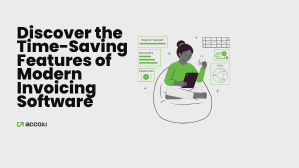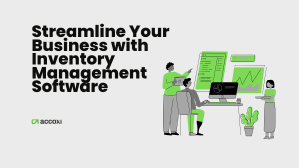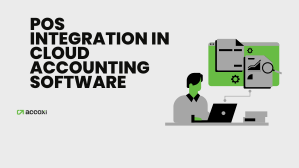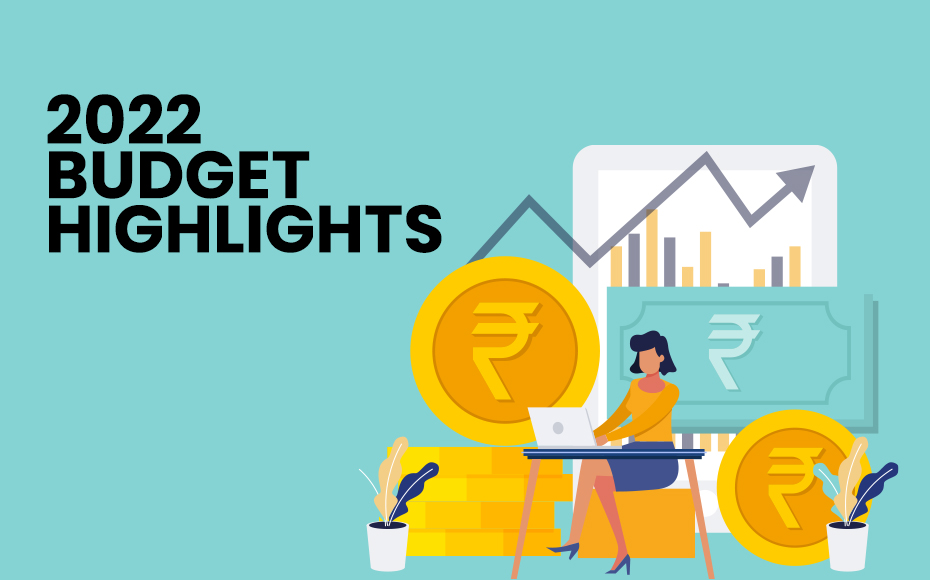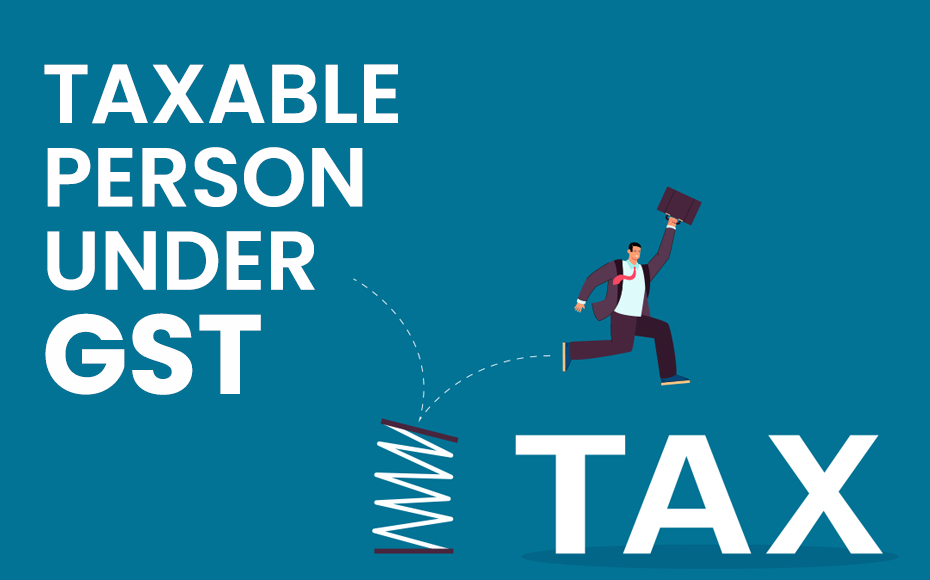

October 17, 2019
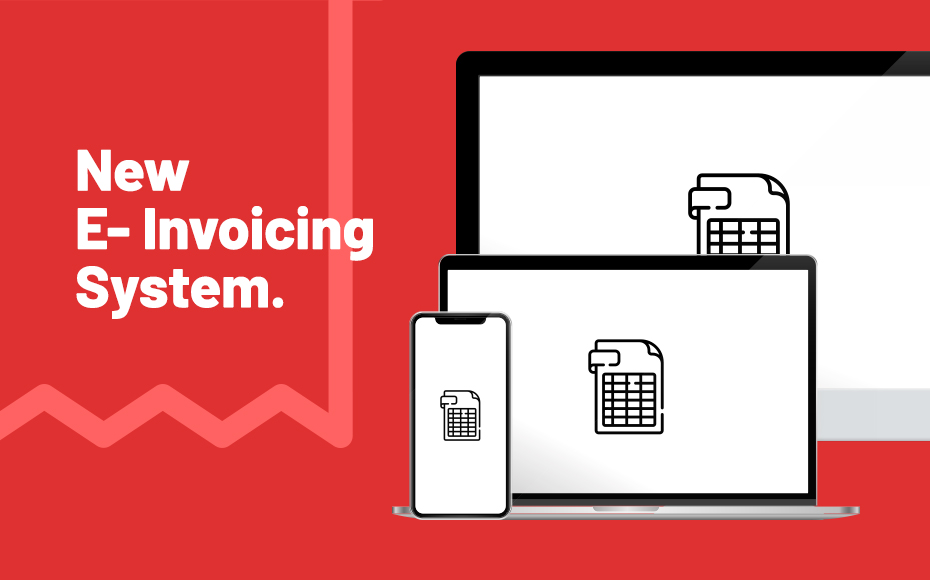
E-invoicing generation under GST has four constituents namely Seller, E-invoice registrar, GST system, and Buyer. It is a simple procedure that is understandably divided into 2 major parts:
This system follows a sequential interaction in the pattern Seller->E-invoice registrar(s)->GST system->Buyer and other feedback interactions involved. There is a phased intercommunication about the progression and development of the system between the seller’s software, buyer’s software, and banking systems.
In the coming session, the reader will have a clear understanding of how the workflow conceptualizes the E-invoicing generation under GST.
Step 1: The seller has to generate an invoice in his own billing system (through either online or offline mode of invoice generation). The seller has to make sure that the invoice must adhere to all the E-invoice standards and have the required limits. Also, the seller has to ensure that the invoice he created should be capable of generating a final invoice in JSON format for uploading to the IRP. JSON is the only invoice format that E-invoice will support.
Note:
The seller should have a source for outputting invoice data into JSON format from his accounting software, ERP, Excel/Word Document, or even a mobile app. Those who do not have any online tools can utilize an offline tool for entering data of the invoice for submission. The SME taxpayers with annual turnover < RS.1.5Cr can utilize the cost-free accounting and billing system offered by GSTN.
Step 2: This is an optional step that requires the generation of an Invoice Reference Number (IRN) hash for uploading along with invoice data. Generating IRN hash requires the following 3 parameters:
Step 3: The seller has to upload the JSON format of the E-invoice to the IRP (along with the IRN hash if opted). JSON can be uploaded directly to IRP or the seller can select GSPs or third-party apps.
Step 4: Once the supplier uploads JSON, the IRP will generate and validate the hash of the uploaded JSON through the Central Registry of GST System. This will confirm that the same invoice from the same supplier of the same FY is not uploaded again. Once confirmed, IRP will add its signature on the Invoice Data and QR code to the JSON. The QR code will include the GSTIN of the seller, GSTIN of the buyer, Invoice Number, Invoice Date, number of line items, and HSN code of the chief commodity in the invoice as per the value, hash, and other factors. The IRP computed Hash will be the Invoice Reference Number (IRN) of the E-invoice. This IRN will be the unique identifier for each invoice for an entire FY in the whole of GST system for a particular taxpayer. The Central Registry of GST systems will have each hash sent by every IRP for ensuring that each IRN is unique.
Step 5: The data uploaded with GST and E-way bill system is shared ( the detailed illustration of the same will be available in the Part B section of this article)
Step 6: Digitally signed JSON and IRN along with the QR code will be sent back to the seller. The seller and the buyer will receive a registered invoice through their mail ids provided in the invoice.
This section details the 5th step of Part A: Workflow Interaction between Seller and IRP.
Step 5(a): Share the signed E-invoice data along with the IRN to GST and E-way bill system.
Step 5(b): ANX-1 of the seller and ANX-2 of the buyer will be updated in the GST system which will determine the corresponding liability and ITC.
Step 5(c): This data is used to create Part A of the E-way bill and Part B of the E-way bill will possess only the vehicle number to it.
Notes:
How about simplifying your accounting tasks and business with e-invoices? Accoxi is an effective cloud-based accounting software that can help you create e-invoices easily and effectively. Connect with us today and get to know Accoxi better.
